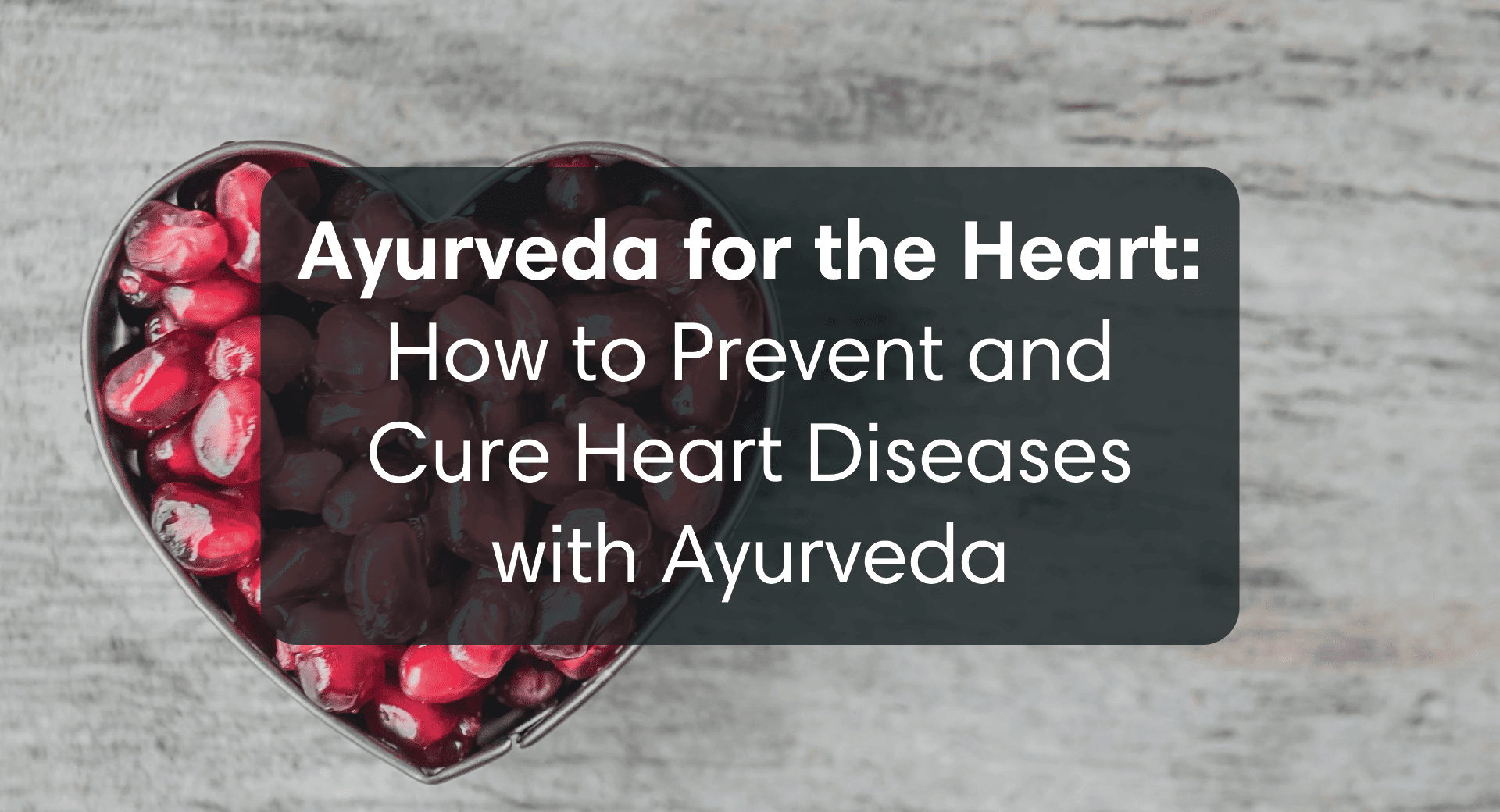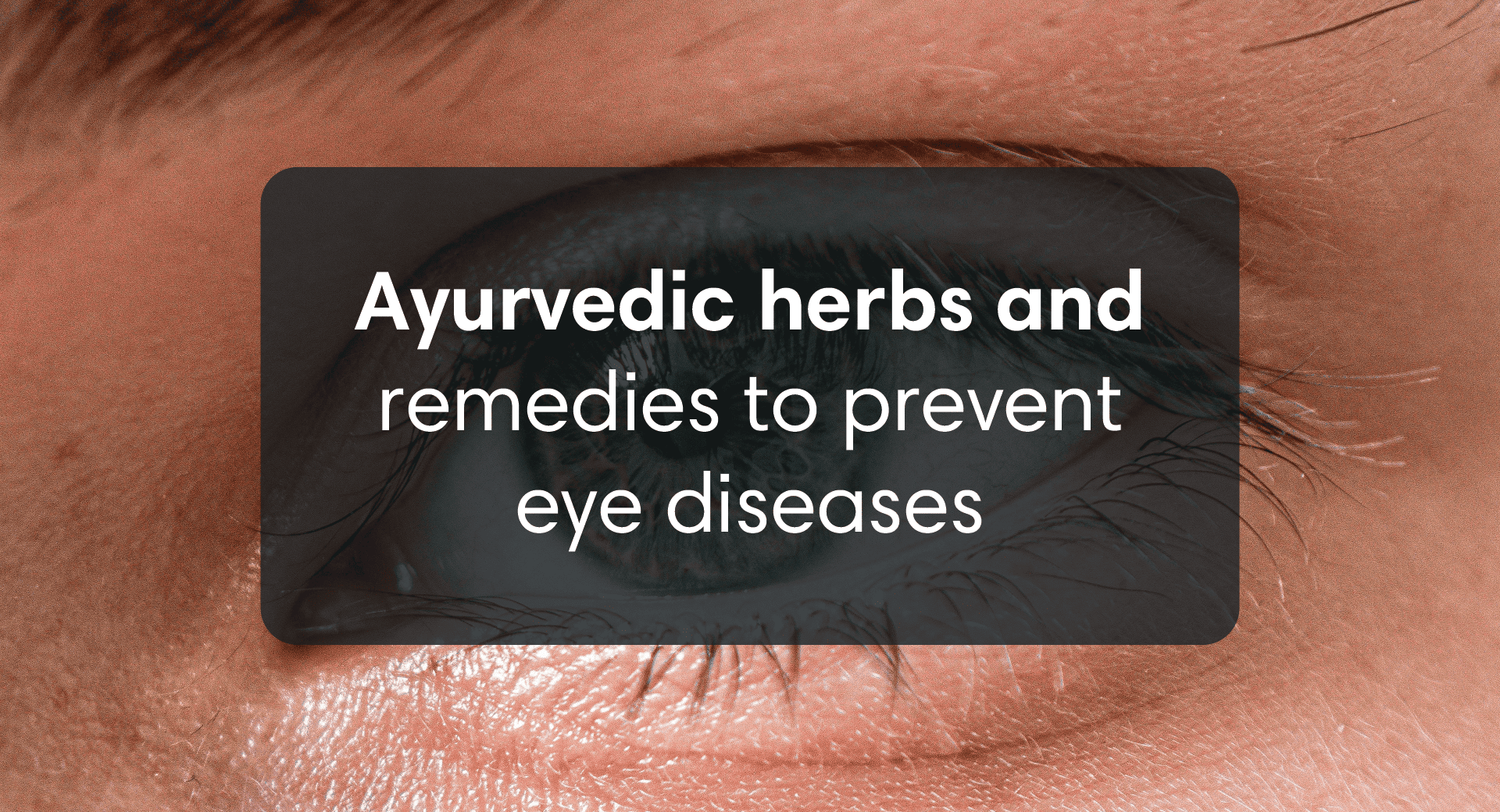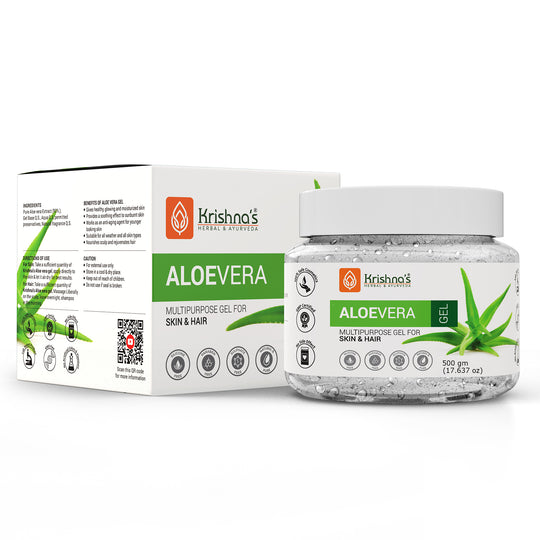Every morning you wake up, look into the mirror and see those dark circles gazing at you. No matter how well you take care of your skin or how bright your complexion is, these darkened areas around your eyes make you look dull, tired, ill and even older than your actual age.
When you see dark circles, your first impulse is to conceal them with makeup. You may also have tried quick fixes or expensive eye creams to remove dark circles. But they don’t seem to budge. The reason? You are not addressing the root cause.
Let’s be honest, have you ever tried to know what causes dark circles around your eyes? Probably never…And that’s where you might be going wrong.
Sometimes, dark circles under the eyes can be a sign that you need to make lifestyle changes, such as improving your sleep habits or enhancing your diet with natural blood purifiers like Amla Juice and Neem Juice, and others.
Keep reading to learn more.
Understanding Dark Circles And The Causes Behind Them
The appearance of dark circles aka periorbital hyperpigmentation under your eyes may be in shades of brown, black, blue, or purple, depending on what your natural skin colour is.
Though dark circles can affect people of all ages, races, and genders, they commonly occur in elderly individuals, individuals with darker skin tones, and those with a family history of dark circles. Interestingly, individuals with different skin types may experience varying levels of pigmentation.
In most cases, they are not a cause for concern or a threat to your health. But, they may arise or be a sign of an existing medical problem.
There can be many possible reasons. Let’s discuss them one by one so that you can identify what causes dark circles around your eyes.
The Most Common Causes of Dark Circles
1. Ageing
This is the primary cause in most individuals. There are multiple ageing-related issues that can contribute to dark circles. First is the thinning and sagging of the skin under your eyes. The undereye skin is already very delicate and with age, the fat and collagen that aid in skin elasticity tend to decline which causes tear trough or hollowness and shadows/darkened areas to form. Because of sagging the blood vessels under your skin may also become more visible making the dark circles appear more defined.
2. Genetics
Dark circles may run in your family, according to some studies. So, if your family members or your parents have dark circles, there’s a higher chance you will also get them. The reason is a genetic tendency for thinner skin, more prominent blood vessels, or a predisposition to conditions that cause dark circles. In some cases, dark circles are simply hereditary and may not be preventable.
3. Lack of Sleep and Fatigue
Well, lack of sleep, overexertion, and fatigue are some common reasons you might be aware of. But even after oversleeping, you may still notice pigmentation under your eyes, leaving you wondering what causes dark circles around your eyes.
The reason is that your skin becomes dull and pale, and when you don’t sleep properly or when you oversleep, fluid builds up beneath your eyes, causing them to appear puffy. Dark circles may actually be shadows created by these puffy eyelids.
4. Allergies
When your body has an allergic reaction, it releases histamines to fight off the irritant. This can cause itchy, red, and swollen eyes. Scratching the affected area may lead to inflammation, swelling, and broken blood vessels, which show through your skin causing pigmentation.
5. Overexposure to Sun
Too much sun exposure may also cause undereye dark circles. The sunrays trigger your body to produce more melanin (pigment that gives your skin its colour). Your body may then deposit this excess melanin beneath your eyes, making the dark circles appear pronounced. This is especially common in individuals with darker skin tones, who are more prone to hyperpigmentation.
6. Dehydration
Not drinking enough water can cause many health issues like kidney stones, digestive problems, dehydration, and can make your skin appear dull, especially under your eyes. This can make dark circles more prominent.
Also Read: The Role of Hydration in Preventing Kidney Stones
7. Anaemia
The condition occurs when your red blood cell levels are lower than normal, which can make you feel dizzy, weak, light-headed, short of breath, and tired. A study found that half of the people with dark under eyes also had anaemia. But, after treating their condition, many noticed that their dark circles were reduced.
8. Hormonal Changes
Hormonal fluctuations, especially in women, can also play a role in the development of dark circles. During pregnancy, menstruation, or menopause, hormonal shifts affect your skin more than you can imagine. This causes the skin to become more sensitive or prone to discolouration. Conditions like thyroid problems or the use of birth control may also be connected with the appearance of dark circles.
Other less common factors of dark circles.
- Eyestrain: Spending long periods looking at screens—whether watching TV, or working on a laptop, or scrolling through social media—can lead to eye strain. This strain can affect the blood vessels around your eyes, resulting in the appearance of dark circles.
- Certain medications: Ophthalmic solution drugs for glaucoma treatment may cause dark circles. Usually, the darkened under-eyes become noticeable between 3 and 6 months after beginning the treatment.
- Smoking: Smoking decreases blood circulation and damages your skin, which can accentuate the appearance of dark circles.
- Alcohol: Drinking alcohol can lead to dehydration and cause the skin to look dull and tired, making dark circles more noticeable.
- Environmental Stressors: Pollution and harsh weather can damage your skin and worsen the appearance of dark circles.
How to Get Rid of Dark Circles Around Your Eyes?
There are several ways that you can easily follow at home to reduce the appearance of your dark circles:
- Apply Aloe Vera Gel under your eyes for 10-15 minutes every day. Aloe vera is rich in vitamins and antioxidants that can help reduce dark circles and puffiness.
- Include natural blood purifiers like Amla Juice| Neem Juice in your routine. These ingredients not only purify your blood but also regenerate your skin, which helps to remove dark circles.
- Drink She Care Juice if suffering from hormonal imbalance, especially due to thyroid problems or PCOD.
- Be mindful not to demonize fats. Our body needs essential fats and naturally occurring oils for proper function. Include a spoonful of organic ghee in your meals and add nuts, seeds, and oils to your daily diet for healthy fat intake.
- Get adequate sleep of at least 7-9 hours daily. This will help your body and skin repair, reducing the appearance of dark circles.
- Drink plenty of water. You can also enjoy light juices, water infusions, and coconut water to fulfil your daily hydration needs.
- Wear sunglasses and sunscreen to protect your skin from sun rays, especially around the eyes.
- Use cold compresses or chilled tea bags to reduce puffiness and improve circulation around your eyes.
- Try to reduce your overall daily screen time. A good practice is to avoid screen time right after waking up or just before bed.
- Commit to exercising every day to keep your body active, energized and improve overall blood circulation.
- Meditate or do some relaxation activities of your choice on a daily basis to release stress and calm your mind.
- Go easy on the alcohol, and smoking.
Whatever your approach is, just be sure to stay realistic and consistent. These remedies may help lessen the appearance of dark circles, but may not completely eliminate them. If the discolouration gets worse, it’s best to consult a dermatologist for treatments that can address the underlying causes.












